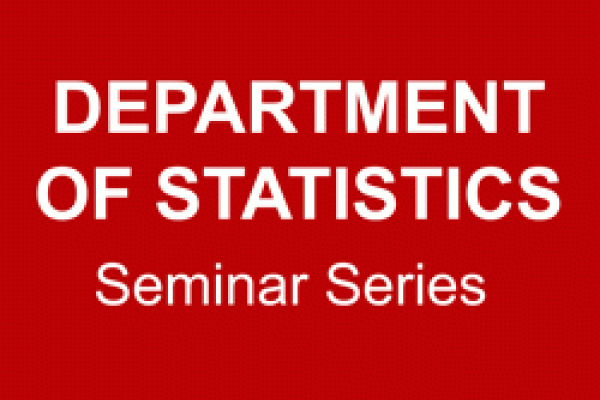
Title
Piecewise Linear SVM Paths
Speaker
Ji Zhu, University of Michigan
Abstract
The support vector machine is a widely used tool for classification. In this talk, we consider two types of the support vector machine: the 1-norm SVM and the standard 2-norm SVM. Both types can be written as regularized optimization problems. In all current implementations for fitting an SVM model, the user has to supply a value for the regularization parameter. To select an appropriate regularization parameter, in practice, people usually pre-specify a finite set of values for the regularization parameter that covers a wide range, then either use a separate validation data set or use cross-validation to select a value for the regularization parameter that gives the best performance among the given set. In this talk, we argue that the choice of the regularization parameter can be critical. We also argue that the 1-norm SVM may have some advantage over the standard 2-norm SVM under certain situations, especially when there are redundant noise features. We show that the solution paths for both the 1-norm SVM and the 2-norm SVM are piecewise linear functions of the regularization parameter. We then derive two algorithms, respectively for the 1-norm SVM and the 2-norm SVM, that can fit the entire paths of SVM solutions for every value of the regularization parameter, hence facilitate adaptive selection of the regularization parameter for SVM models.
It turns out that the piecewise linear solution path property is not unique to the SVM models. We will propose some general conditions on the generic regularized optimization problem for the solution path to be piecewise linear, which suggest some new useful predictive statistical modeling tools.
This is joint work with Saharon Rosset (IBM T.J.Watson), Trevor Hastie (Stanford U.) and Rob Tibshirani (Stanford U.).
